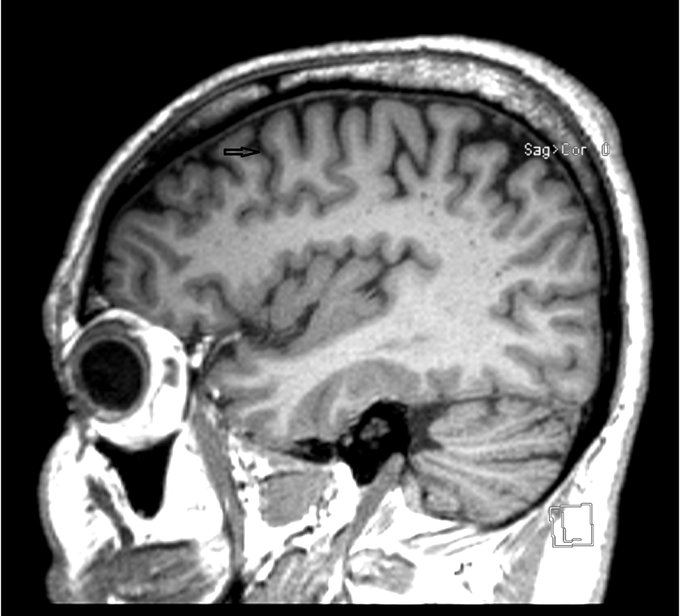


Lafora DIsease
Lafora disease is an autosomal recessive disorder that arises due to mutation of the EPM2A gene or the NHLRC1 gene. It is characterized by progressive myoclonus epilepsy. This disease begins with epileptic seizures. It comes to attention during late childhood and adolescence. Difficulty in walking, muscle spasms, and dementia are common findings. Along with seizures, cognitive deterioration occurs rapidly. Lafora disease is fatal; it causes death within 10 years of diagnosis. The management plan for Lafora disease aims at the relief of signs and symptoms. However, there is no cure. Reference: https://rarediseases.info.nih.gov/diseases/8214/lafora-disease#:~:text=Lafora%20disease%20is%20an%20inherited,spasms%20(myoclonus)%20and%20dementia%20. Image via: https://www.cureus.com/articles/25612-lafora-disease-report-of-a-rare-entity
Very interesting and intense. Does the brain shut down and that causes death? What is the final reason that death occurs within ten years? Thank you
Lafora disease is caused by loss-of-function mutations in EPM2A or NHLRC1, which encode laforin and malin, respectively. The absence of either protein results in poorly branched, hyperphosphorylated glycogen, which precipitates, aggregates and accumulates into Lafora bodies. Evidence from Lafora disease genetic mouse models indicates that these intracellular inclusions are a principal driver of neurodegeneration and neurological disease. The integration of current knowledge on the function of laforin–malin as an interacting complex suggests that laforin recruits malin to parts of glycogen molecules where overly long glucose chains are forming, so as to counteract further chain extension. In the absence of either laforin or malin function, long glucose chains in specific glycogen molecules extrude water, form double helices and drive precipitation of those molecules, which over time accumulate into Lafora bodies. In this article, we review the genetic, clinical, pathological and molecular aspects of Lafora disease. We also discuss traditional antiseizure treatments for this condition, as well as exciting therapeutic advances based on the downregulation of brain glycogen synthesis and disease gene replacement.

